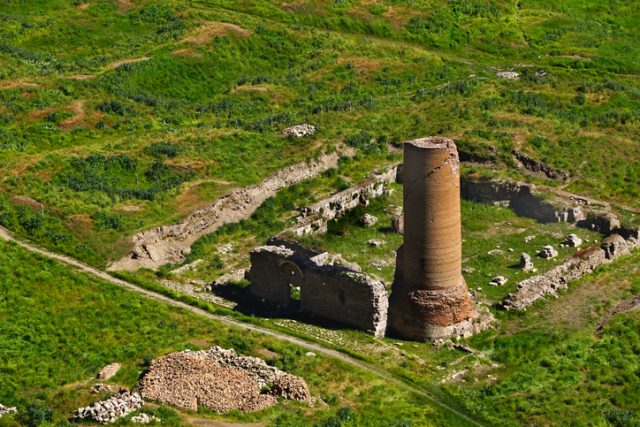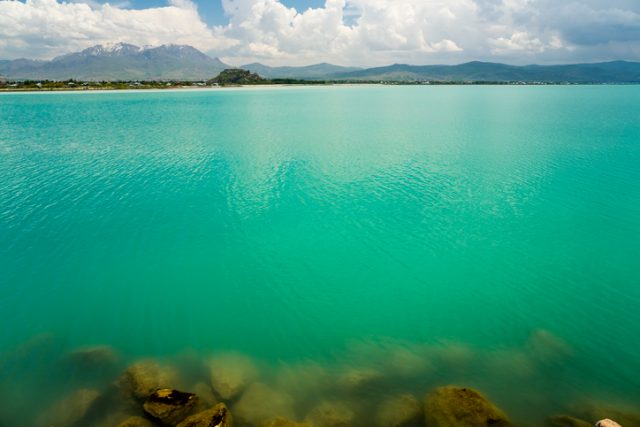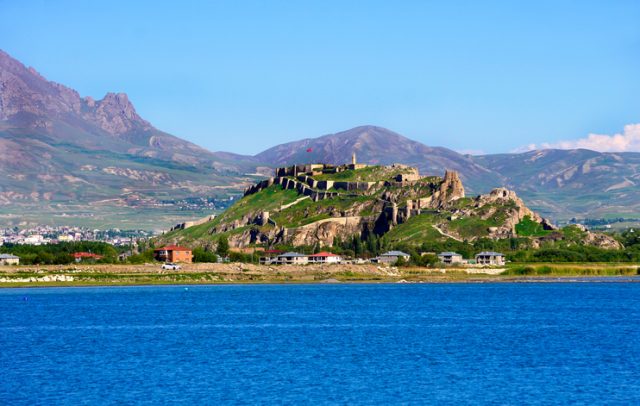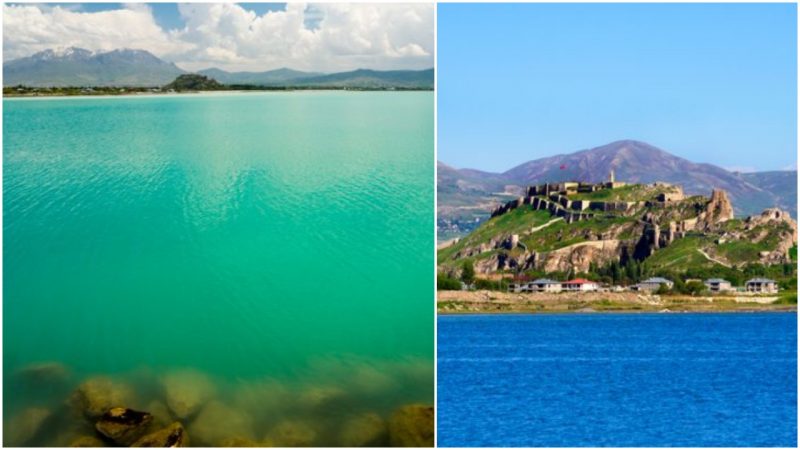For thousands of years, humanity has been tantalized by the mysteries of ancient civilizations and unknown worlds from the misty past. Our primordial wanderlust has been nurtured by stories of the lost lands of Atlantis, El Dorado, Avalon, and other secret realms. The urge for exploring never stops and, recently, extensive ruins have been discovered in a most unexpected place, submerged in Turkey’s Lake Van.
The amazing remains of a supposedly 3,000-year-old castle were found during underwater excavations by a team of divers from Van Yüzüncü Yıl University. It is presumed that the ruins are features of a fortress built by the ancient Urartu civilization, which proliferated during the time of the iron age (9th-6th centuries B.C.). The Kingdom of Urartu existed in the mountainous region of southwest Asia, south of the Black and the Caspian seas, an area that today encompasses Armenia, eastern Turkey, and northwest Iran.
According to historians, the Urartians were mentioned in Assyrian sources from the early 13th century B.C. As an independent territory in the Middle East, Urartu, whose capital was located close to the modern town of Van, was endowed with eminent political power in the 9th and 8th centuries B.C. (The Urartian area was usurped by the Armenians in the 6th century.) During the period of Urartian occupation of the area, the level of Lake Van was hundreds of feet lower, but as its water level rose, the fortress became long forgotten.

The divers and archaeologists who took part in the recent discovery consider it an utterly unexpected ancient wonder. According to the Independent, the head of the diving team and an underwater photographer, Tahsin Ceylan, faced skepticism from archaeologists familiar with the lake who claimed that there was not much to be found under the water. But to everyone’s great surprise, they found an extensive site, stretching for more than half a mile, with the walls of the fortress reaching to around 13 feet. The remains are in good condition due to the alkaline conditions of the lake.
Despite the leading opinion about the castle’s occupants, Ceylan, who has been exploring the Lake Van area for the last 10 years, actually believes that the ancient remains under the lake are mostly from a period within the Middle Ages. Presumably, the medieval builders reused material from older buildings to create the castle walls. In fact, Ceylan’s team commenced their latest search in 2016, prompted by the discovery of a wall outside the harbor of Adilcevaz, a town in Turkey. The emergence of the wall led them to find the palace underwater.

Science Alert reports, “The level of the lake, however, has fluctuated quite dramatically over the millennia, and the researchers believe that the level was far lower at the height of the Urartian society than it is today, slowly rising over time to cover parts of the city.”
The Hürriyet Daily News reported Ceylan’s claim that the area around the 600,000-year-old Lake Van was settled by many civilizations that were drawn to the lake’s mysterious power, calling it the “upper sea.”
The castle underwater has a solid structure and, as recorded by the archaeological analysis, is primarily made of cut stones. On one of the stones was found a drawing of a lion, which supported the idea that Urartians, whose popular motif were lions, might have been the creators of the structure.

One theory is that the underwater remains probably consist of medieval castle walls extending an Uratarian site. Referring to the site’s chronological importance, experts explain that the masonry style is indicative of the medieval period. Whether the water level could rise this high to cover the castle since the Middle Ages is an unanswered question.
Both divers and archaeologists agree that further research must be done to determine the facts.
